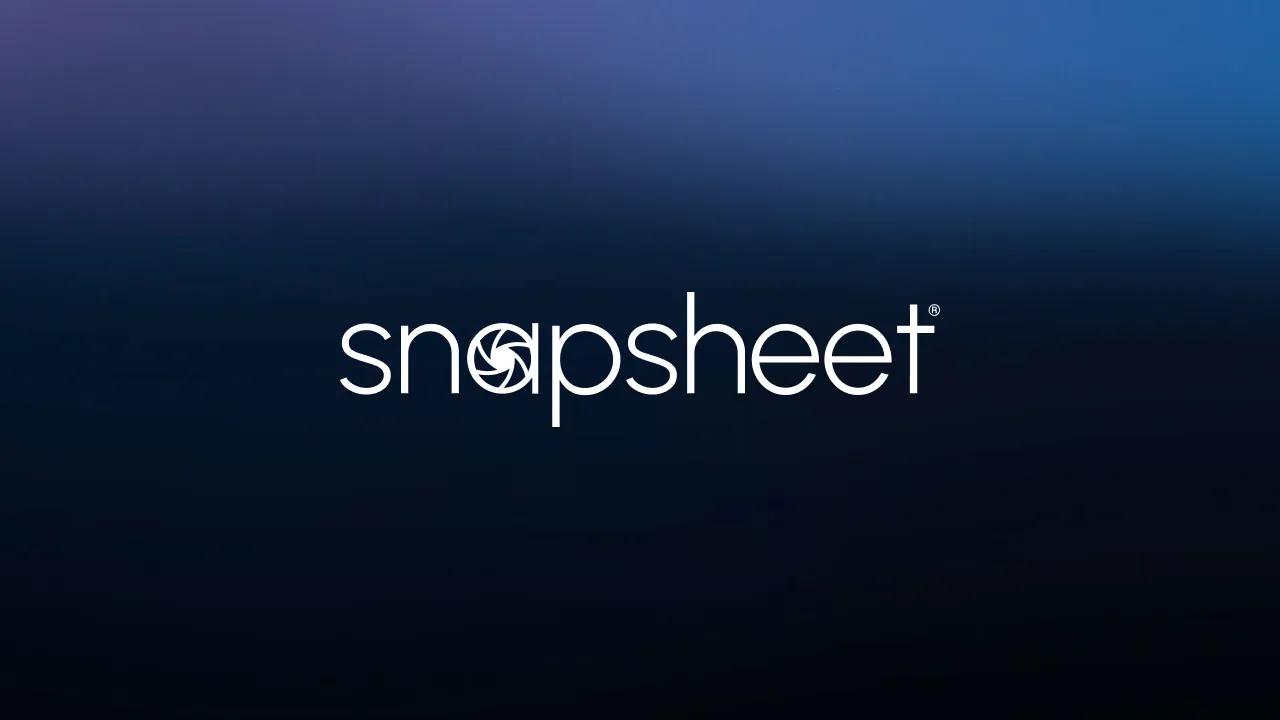Insights from Insurtech Insights USA 2025 featuring Snapsheet, Pumpkin, Plymouth Rock, and SageSure.
Modern claims have evolved from a back-end process into a strategic necessity and a strength that carriers can leverage. At Insurtech Insights USA 2025, the panel session “Omni-Channel Excellence — Creating a Holistic & Customer-Centric Claims Journey” focused on the innovation driving the evolution of the modern claim, including cross-channel communications, embedded empathy, and a focus on automated excellence.
Moderator and innovation leader Dan White was joined on stage by experts Kristina Tomasetti (KT), Vice President of Claims Optimization at SageSure, Andrew Leeds, Chief Claims Officer at Plymouth Rock Assurance, Julia Sosa, Chief Experience Officer at Pumpkin, and Andy Cohen, President at Snapsheet.
A few significant insights from the panelists included the idea of redefining claims as a product experience, not simply a project to be accomplished one time then set aside. Using AI as a targeted solution to existing problems was another theme that emerged during the discussion, and the panelists recommended optimizing scalable workflows through holistic architecture.
Several key themes emerged during the discussion; here’s what stood out most.
Claims are a Product, not a Project
Andy delivered a powerful message when he discussed how claims are not standalone projects; rather, they are core product experiences. Insurers have miscategorized claims transformations as one-off technology efforts that have a definite start and end point. Instead, Andy theorized, claims departments would be better served to consider claims as enduring processes that are an inherent, embedded part of their product offerings. Policyholders expect seamless, ongoing claims experiences, not periodic updates and delays waiting for IT resources.
“The industry has done a vast disservice to all the carriers in the world by talking about transformation and modernization,” said Andy. “It is a legacy way to think about work, trying to turn claims experiences into projects, when really building strong customer experiences and strong claims processes is not a project. It's actually part of a product that you have to deliver in advance and at a regular cadence. And we pride ourselves on building a platform that enables that.”
Further challenging the idea that technology equals innovation, Andy argued that transformation emerges when systems, channels, and workflows are architected holistically, not when they are patched together in silos to serve as temporary solutions to real-world problems. Andrew (Leeds) agreed, sharing an example of a time post-hurricane when he realized his company had ended up with various telephone numbers routing to different places, and policyholders were confused about how to reach the company in an emergency. This caused him to rethink their use of technology into a strategized approach, rather than one pieced together over time.
A critical part of the claims process is making payments to impacted claimants. But the payment process has long been considered an afterthought, but in catastrophic situations, a timely payment can be life-changing. Andy explained how, for some carriers, the future is now as they structure claims so that funds transfer at FNOL, not weeks later. It is a bold approach to shift toward “payments as a product,” but this move toward real-time, event-driven capabilities is increasingly essential in a world driven by continuous change.
Automation That Enhances Human Connection
KT discussed how important it is that humans remain embedded in the claims process, even as automation becomes more routine. True efficiency comes when carriers combine automation with human actions when it matters the most, an approach that requires tact during the claims process, where policyholder emotions are often running high. Citing an example that used both automation and human effort to resolve a serious customer issue, KT emphasized that speed and empathy are a powerful combination in claims.
Andy expanded on this point as he urged carriers to “automate what’s binary and enable humans where emotions count.” As an example, automating a text message response for simple FNOL acknowledgments may serve policyholders well, but it makes sense to use an adjuster for higher-stakes conversations or claims involving injuries. The goal of automation isn’t to eliminate human connection; it’s to foster more intentional connection.
“We want the ability, when it makes sense, to use the right tools and not to have a human engaged because it's a better experience. And then put the human in the loop on the things that make the most sense,” said Andy. “Carriers shouldn't assume what any individual wants. It's about how you build processes that allow the human to come into the loop where it makes sense, where your customer or your culture deems that it's required. And then take out all the stuff that is compliance, rote, status, etc., and move that to the side so that human adjusters can spend their time on the things that matter.”
Breaking Out of Frankenstein Mode
As the age of modern digital transformation advances, insurers have layered point solutions on top of legacy systems, creating a silo effect with patches and fixes designed for one specific problem. Andy coined this challenge as “Frankenstein architecture,” categorized by different FNOL channels feeding into disjointed workflows. This leads to inconsistencies and redundancies for adjusters, creating opportunities for error.
Instead, Andy recommended prioritizing the end-to-end customer journey by designing consistent processes across web, mobile app, and text channels, streamlined through an agile claims management platform. Layering technology pieces together isn’t enough in today’s modern landscape. Insurers need to “rip the Band-Aid off” by adopting comprehensive claims management platforms. It is better to rebuild once than patch endlessly.
“The key piece from our perspective is to approach the claims process with the ability to use every mechanism of communication and then bring it together as part of the product. We have customers who use digital FNOL, which will automatically trigger a text or an email based on the preferred communication method. The majority of our customers, the large majority, have more than 60% of all claims communications automated, whether that's text or e-mail, from the day they go live. And that standardizes all the regulatory communications and notifications and allows the adjuster to spend more time where needed.”
AI to Enhance Claims Processes, not Replace
As expected, AI was central to every panelist’s comments, but the panelists recommended controlled uses of the technology. KT spoke about using AI to help identify fraud risk, not to automate denials based on these red flags, and keeping the adjuster and investigator involved in the process. Julia highlighted AI’s role in streamlining workflows, personalizing communications, and triaging claims, not as a replacement for human judgment. The presenters agreed AI is valuable for enhancing human functions, like automating routine tasks, so adjusters can focus on complex decision-making, empathy, and human support.
Julia promoted a customer-first approach when considering AI, advocating for identifying friction within the claims process first, then injecting AI based on those needs, instead of applying AI to every workflow without regard to the challenge being solved. AI should solve real concerns, she noted, rather than being a new trend carriers chase.
When asked about the limitations of AI and what claims processes he would not automate, Andy said, “I think what’s more critical is not designing a world around what we can or can’t do, but making sure the world exists where carriers can automate what they choose. We want the ability, when it makes sense, to use the right tools and not have a human engaged because it’s a better experience. And then put the human in the loop where it makes sense, especially from an empathy point of view.”
Insightful and Actionable Takeaways for Claims Leaders
The panelists provided actionable insights that claim leaders can implement in their organizations to drive innovation:
- Redefine claims as product experiences, not one-time projects
- Optimize the omnichannel workflow to meet policyholders where they are
- Focus on workflows, not features, through holistic architecture
- Keep the human in the loop for empathy while automating routine processes
- Use AI to target real challenges, not as an overall solution
- Strive for consistency across all channels
- Forget the Frankenstein approach; instead, choose scalable platforms
Omni-channel claims excellence starts with strategy. “It’s not about tapping out a claims project, it’s about delivering claims as a seamless, productized promise,” Andy concluded. Carriers who embrace this mindset will see improved outcomes, not just in technology but also in customer satisfaction, trust, retention, and resilience.


